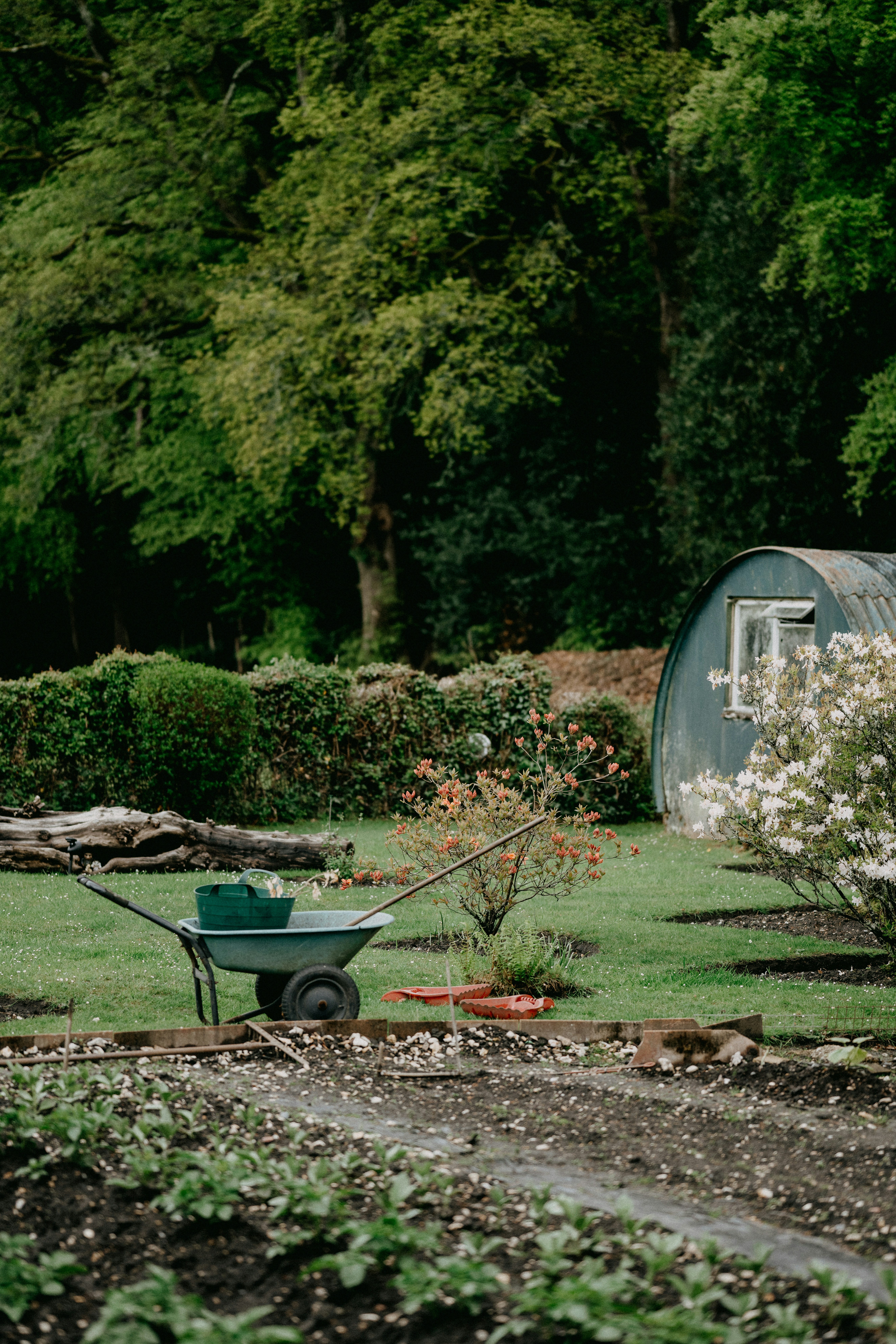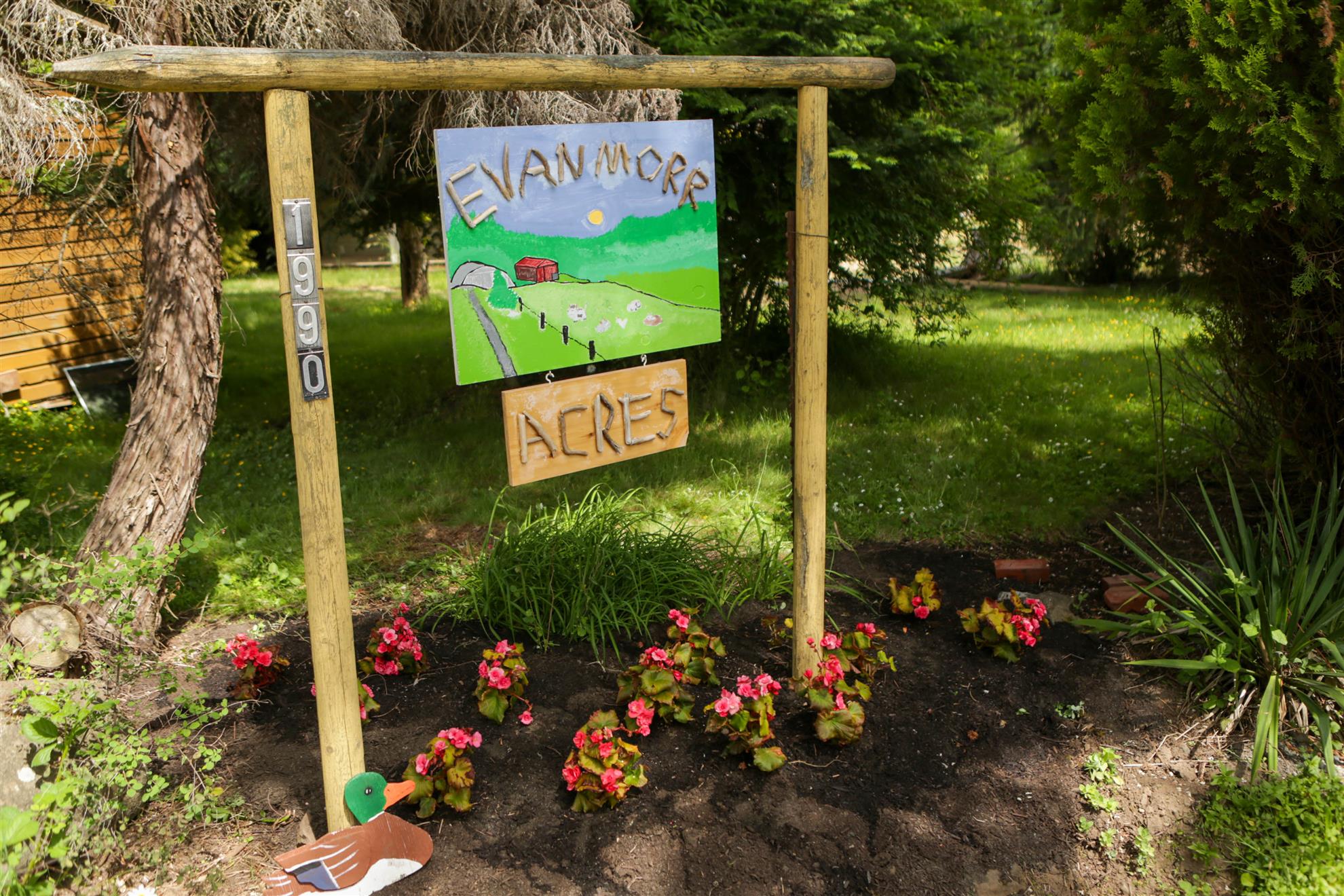Most of us who come to this field have a moment of magic: the first time we hear the words horticultural therapy. For me, it was one of those “Wait, that’s a thing??” moments. And once that term crossed my path, the questions quickly followed:
Why are there two types- Horticultural Therapy (HT) and Therapeutic Horticulture (TH)? Where do I get training? How do I become registered? What do I even call myself?
The best place to begin exploring these questions is the Canadian Horticultural Therapy Association (CHTA). Their FAQ page is a fantastic resource, and I hold deep respect for this volunteer-run organization. They’ve been working tirelessly to clarify language, advocate for high standards, and strengthen the professional presence of HT across Canada. This isn’t just a casual, easy modality anyone can pick up, it’s a professional practice that deserves structure, standards, and respect.
That said, I never mean to exclude anyone from the meaningful impact of nature-based programming. People everywhere benefit from time in gardens, parks, and natural spaces. But if you are going to call what you do Horticultural Therapy or Therapeutic Horticulture, it comes with responsibility: training in the field, clinical understanding, and the choice of modality that best fits your client group and setting.
So- let’s dig in:
Horticultural Therapy (HT)
Horticultural therapy is a formal practice that uses plants, horticultural activities, and the garden landscape to promote wellbeing. It is goal-oriented, with defined outcomes, assessment procedures, and documentation (CHTA, 2025).
Another definition explains it this way:
“Horticultural therapy is complementary medicine with the purpose of rehabilitating the social, emotional, psychological, physical, and cognitive ability of clients. To this end, a therapist who received both horticultural and clinical training conducts the intended program through horticultural activities using living plants to obtain measurable goals, after which the results are assessed.” (Son, Jung, Lee, et al., 2014)
Therapeutic Horticulture (TH)
Therapeutic horticulture is not in opposition to HT, but rather works alongside it. TH is chosen based on the therapist’s assessment, the client’s needs, and/or the setting. Goals and objectives in TH are general, flexible, and often self-directed (CHTA, 2025).
Here’s a simple way I often explain it:
And in my own words:
We are the conduit, the bridge, connecting individuals with barriers or vulnerabilities to the benefits of gardening and horticulture.
Where Nature-Based Programming Fits In
This is not to say others can’t or shouldn’t create nature-based programs. I celebrate anyone who wants to bring people into contact with plants and gardens. I’ve even put together a [master list of program ideas] (link) you can adapt. If you’re not practicing as a registered HTR, you might use titles like Garden Group, Garden Club, Gardening for Wellness, Healing in the Garden, or even broad terms like Plant Therapy or Garden Therapy (if you are trained in a therapy discipline). To my knowledge, these names are not formally tied to regulated practice.
While my blog posts, courses, and general professional values echo around the depth of training for Horticultural Therapy, there is no denying that nature-based programs are powerful. They:
- Support multiple domains of wellness
- Offer familiar, sensory-rich, and culturally resonant experiences
- Facilitate deep connection to nature, to self, and to others
My Dream for the Field
For me, this conversation of “What is HT/TH? And what programming falls outside of those boundaries?” always circles back to a vision: I dream of horticultural therapy being recognized as a profession where HTRs sit alongside occupational therapists, physiotherapists, physicians, counselors, and other allied health professionals. To get there, we need strong ethics, rigorous training, and a shared commitment to quality practice.
It matters deeply to me. And it frustrates me when people use the title of HTR without registration or claim to practice HT/TH without training. To me, HT and TH are not casual add-ons, but clinical, intentional decisions. Check out my next blog post- The Therapy Skills in Both Horticultural Therapy and Therapeutic Horticulture (link) to understand this with a bit more depth.
An Invitation
So if you want to take the step toward becoming an HTR, yahoo! Reach out to me and let’s talk. You might consider a course with me or with peers in the field such as Lynn Leach, HTR of Birdsfoot Design.
Or if you simply want to weave nature-based programming into your practice, please do! Play, experiment, and create. Reach out if you want to better understand the distinction, or if you want to move toward more in-depth HT/TH training, so that together we can keep building something strong, safe, and meaningful.





